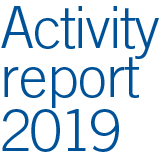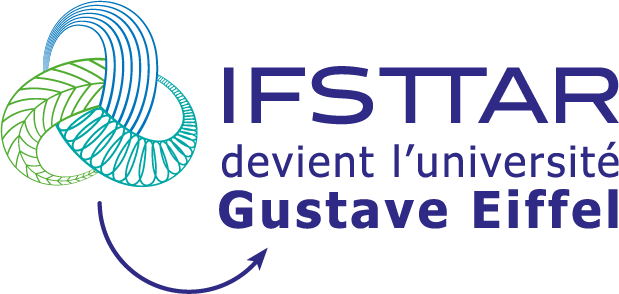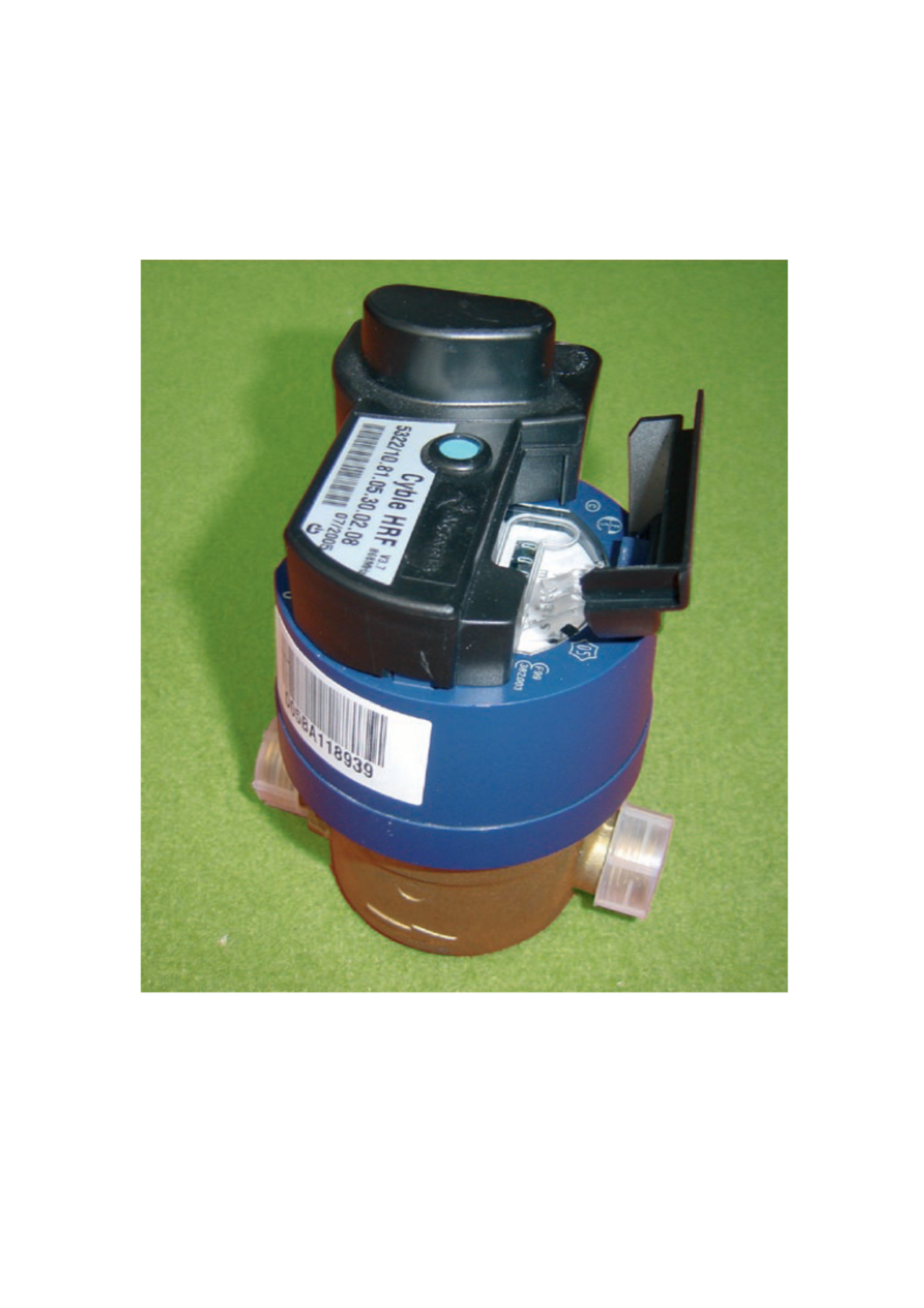Reference

Contributing to sustainable development
Urban areas both generate and experience multiple problems that interact with each other. Urban land use planning therefore requires collective thinking, with multi-domain approaches based on a large amount of varied data. IFSTTAR is actively engaged in addressing this challenge through its involvement in networks and the production of tools that are tailored to address this complexity.
So, whether it is for stormwater management, the maintenance of their road network, or the management of mobility and logistics within their area, local authorities need knowledge and tools to inform and facilitate their decision-making. IFSTTAR is committed to actively responding to these needs by developing tools and knowledge that will enable local and regional authorities to respond to the major challenges of the ongoing energy, ecological, climate and demographic transitions.
Urban Europe Research Alliance – the EXPAND Project
The Joint Programming Initiative (JPI) Urban Europe and its associated scientific network, the Urban Europe Research Alliance (UERA), were set up in 2010 with the aim of imposing a framework on the field of urban research in Europe. IFSTTAR is coordinating the EBU scientific network and leading one of its 4 thematic working groups, dealing with urban accessibility and connectivity. Aimed at supporting the scientific activities of this network, the first phase of the EXPAND project, completed in 2019, has led to the organisation of numerous scientific activities and events.
In particular, in 2019 the network organised a seminar on the humanification of cities and another on urban research to address the challenges of the mobility transition.
JPI Urban Europe: Uberisation of road freight transport, a DGITM study
Uber is a company which connects VTC service providers with customers. It has paved the way for the trend towards "uberisation", which also affects freight transport. The project focuses on three transport segments that have witnessed the advent of digital intermediation platforms: parcel carpooling, digital freight exchanges and food delivery. For each segment, the characteristics of the players involved, the business model and the legal status are identified. Thus, parcel carpooling consists of very small entities sometimes managed by non-professionals. With an ethos close to that of the collaborative economy, these small entities struggle to survive and acquire enough users to exceed their break-even point. Digital freight exchanges are larger players that bring shippers and carriers together. In this respect, they differ from traditional freight exchanges, and have, in fact, ended up with the same status as a freight forwarder.
The report concentrates mainly on a survey of 130 couriers who deliver food for Deliveroo, Foodora or Uber Eats. The survey shows the high economic dependency of these delivery workers - although they are considered as self-employed - due to a specific type of algorithmic management. It also examines their decreasing remuneration and the economic model of food delivery platforms.
The Veolia VEDIF2 Water Meter Project
The new concept of smart water and electricity grids offers the possibility of better management of these resources by means of advanced information and communication technologies. The aim is to optimise the availability and reliability of the supply of these resources and to improve the economic performance of the relevant networks. With this in mind, programmes to equip homes with communicating meters are being introduced by cities and water and electricity companies. For example, in the Île-de-France region, the Téléo programme, managed by Veolia Eau d'Île-de-France (VEDIF) which has been delegated by the Syndicat des Eaux d'Île-de-France (SEDIF), plans to install around 600,000 communicating meters before the end of 2015. Whereas consumption was previously measured once a month, communicating meters now allow hourly or daily consumption readings. Within the framework of the project, the operators have provided the researchers with huge amounts of data from the communicating water meters. The use of advanced statistical methods to exploit these data reveals drinking water consumption habits on an individual and collective scale, and in particular opens up the possibility of reliable predictions of demand.



